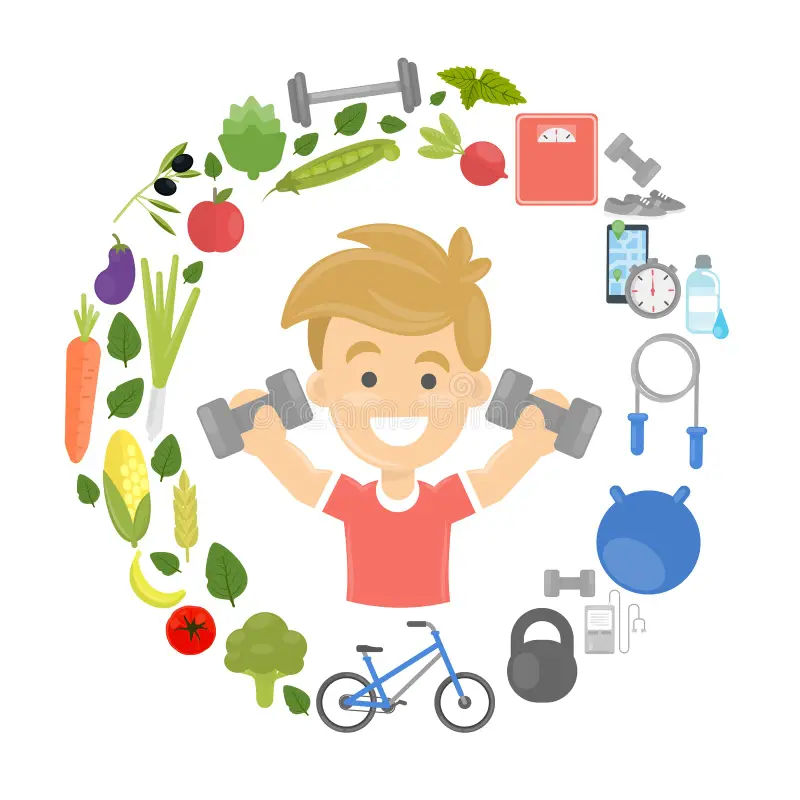Understanding Your Child's Emotional Needs and Attachment
As parents, it is our responsibility to guide and support our children through their emotional development. AckySHINE believes that understanding your child's emotional needs and attachment is crucial in fostering a healthy and secure bond. In this article, we will explore 15 key points that will help you navigate this important aspect of parenting 🌟.
-
Emotional needs are as important as physical needs. Just like a child requires food and shelter, they also need emotional nourishment to thrive. 🌈
-
Attachment is the emotional bond between a child and their primary caregiver. It lays the foundation for their future relationships and emotional well-being. ❤️
-
The quality of attachment is determined by the responsiveness and sensitivity of the caregiver towards the child's emotional cues. Being attentive and empathetic fosters a secure attachment. 🤝
-
Keep in mind that each child is unique and has their own temperament and emotional needs. It is essential to adapt your approach accordingly. 🌼
-
Building trust is the cornerstone of a secure attachment. By consistently meeting your child's needs, they learn to rely on you and develop a sense of security. 🏰
-
As AckySHINE, I advise parents to create a safe and nurturing environment that allows their child to express their emotions freely. Encourage open communication and validate their feelings. 💗
-
Be present and actively listen to your child. This not only helps them feel heard and understood but also strengthens your bond. 🙌
-
Provide consistent and predictable routines. Children thrive on structure, as it gives them a sense of security and helps regulate their emotions. ⏰
-
Acknowledge and validate your child's emotions, even if you don't agree with their behavior. This helps them develop emotional intelligence and learn appropriate ways to express themselves. 💡
-
Help your child develop a positive self-image by praising their efforts and focusing on their strengths. This boosts their self-esteem and fosters a healthy emotional foundation. 🌟
-
Show affection and physical touch regularly. Hugs, kisses, and cuddles create a sense of warmth and security that strengthens the attachment bond. 🤗
-
Be mindful of your own emotional well-being. As a parent, taking care of yourself allows you to be more emotionally available for your child. Remember the airplane oxygen mask analogy – you need to put yours on first before assisting others. 🛩️
-
Encourage your child to form relationships with other caring adults and peers. This broadens their social support network and helps them develop strong emotional connections outside of the immediate family. 🤝
-
Foster independence by allowing your child to make age-appropriate choices and learn from their mistakes. This builds their self-confidence and resilience. 🌱
-
Seek professional help if you notice persistent emotional difficulties or if you're struggling to meet your child's emotional needs. There's no shame in asking for support, and it can make a significant difference in your child's well-being. 🙏
In conclusion, understanding and meeting your child's emotional needs and attachment is a lifelong journey. By providing a secure and nurturing environment, actively listening, and fostering open communication, you can help your child develop strong emotional intelligence and thrive in their relationships. Remember, the key is to be present, patient, and always ready to learn and adapt. 🌈
What are your thoughts on understanding your child's emotional needs and attachment? How do you foster a secure bond with your child? Share your opinions below! 🌟❤️🤗






